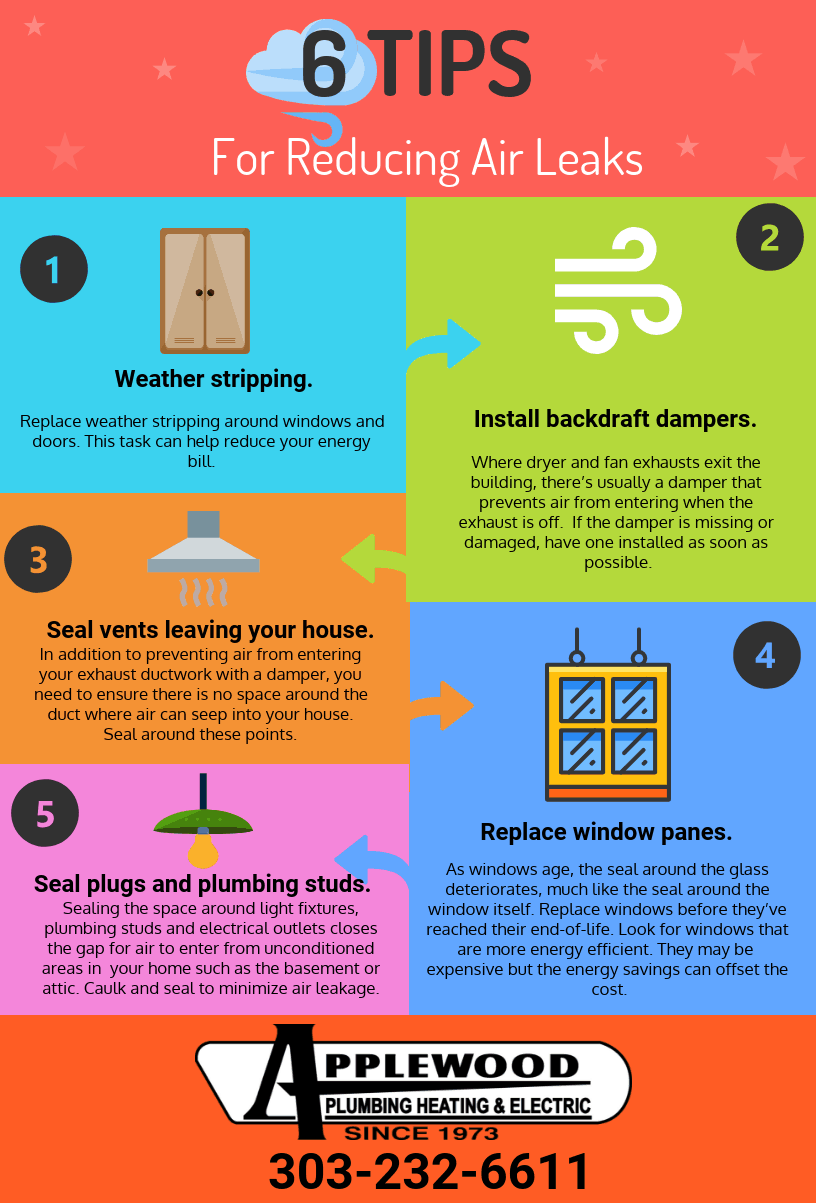Optimum Pressure Washing Methods For Various Sorts Of Surface Areas
Optimum Pressure Washing Methods For Various Sorts Of Surface Areas
Blog Article
Short Article Created By-Vazquez Geertsen
When it pertains to press cleaning, the technique you select can make all the difference in attaining a tidy, streak-free finish. residential window washing business might discover that difficult surface areas, like concrete, require a various method than softer materials, such as wood or plastic. It's important to adjust your methods to the surface area kind to prevent damage while making best use of cleaning effectiveness. So, what are the most effective strategies for every surface, and just how can you ensure you're making use of the ideal setups and devices for the work? Allow's explore what you need to recognize to obtain the very best outcomes.
Difficult Surfaces
When it involves push washing tough surfaces, preparation is key. Prior to you even think about taking out the stress washer, take the time to clear the area of any debris, furnishings, or obstacles. You do not desire anything getting in your means or potentially damaging your equipment.
Next off, check the surface for any type of splits or damage; this will certainly help you identify the best approach and stress settings.
Once you've prepared the area, it's essential to select the appropriate nozzle. For difficult surfaces like concrete or brick, a narrow nozzle (15 or 25 levels) works best to give a concentrated stream of water that can efficiently get rid of crud and stains. Constantly begin at a distance and gradually move more detailed to stay clear of any kind of surface area damage.
As you begin cleaning, maintain the stick transferring to prevent touches and over-saturation. tucker machine 's likewise useful to function from the top down, enabling dirt and particles to remove normally.
Lastly, bear in mind to wash the surface extensively after cleaning to eliminate any type of leftover detergent. With these techniques, you'll achieve a clean and refreshed appearance on all your tough surfaces.
Soft Surfaces
Stress washing soft surfaces requires a gentler technique to safeguard them from damages. Whether you're cleansing your deck, outdoor patio furnishings, or home siding, making use of too much pressure can bring about damages, scrapes, or even irreparable harm.
Beginning by selecting a low-pressure nozzle, ideally a 25-degree or larger spray pattern, to disperse the water much more gently.
Prior to you begin, it's critical to pre-treat any spots with a suitable cleansing solution. This action enables the cleaner to penetrate the dirt and grime, making it much easier to wash away without rubbing as well hard.
Always apply the remedy from all-time low approximately prevent spotting.
When you start pressure cleaning, preserve a distance of at least 12 to 18 inches from the surface. Relocate your stick in a sweeping motion, maintaining it parallel to the surface area to avoid concentrated stress on one place.
Rinse the area completely after cleansing to eliminate any kind of recurring cleanser.
Finally, inspect the surface area for any type of missed out on places and duplicate the process if essential. By following these actions, you can effectively clean soft surface areas while protecting their honesty and look.
Specialty Surfaces
Cleansing soft surfaces calls for treatment, but specialty surface areas require a lot more interest to information. When you deal with these surface areas, like fragile wood, discolored concrete, or specific types of home siding, making use of the appropriate pressure washing techniques is essential to prevent damage.
Initially, evaluate the material. For instance, treated wood can often hold up against modest pressure, but softer woods like cedar may call for a lower setup. Constantly start with the lowest pressure and slowly enhance if necessary.
For stained concrete, utilize a follower spray nozzle and keep a constant distance to stop engraving the surface area.
When handling surface areas like vinyl exterior siding or repainted surfaces, a vast spray pattern helps distribute the stress equally, protecting the finish.
It's likewise a good idea to utilize cleaning agents particularly created for specialty surface areas. They can boost cleaning without jeopardizing the material.
Rinse thoroughly after cleaning to remove any deposit, as it can cause staining or deterioration over time.
Verdict
To conclude, grasping stress cleaning techniques for different surfaces can make all the difference in your cleaning results. For tough surface areas, stay with narrow nozzles and a top-to-bottom strategy, while soft surface areas need a gentler touch with bigger nozzles. Do not fail to remember to pre-treat discolorations and rinse extensively to avoid residue. By adjusting your approaches to each product, you'll not just accomplish a cleaner finish but additionally protect the integrity of your surfaces. Happy cleansing!
